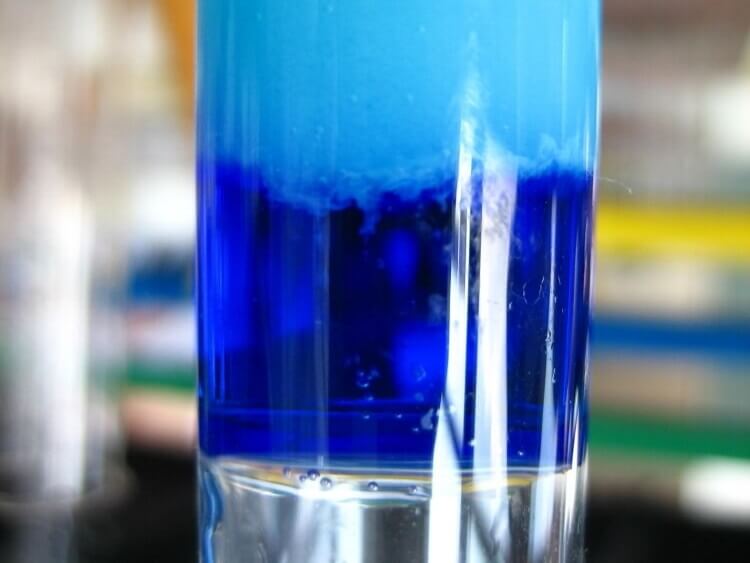H
Adrenergic Receptor alpha-2B Antibody
Adrenergic Receptor alpha-2B Antibody
151
104260
49 kDa
P18089
Rabbit
ADRA2B
1 mg/ml
161-210
IF ELISA
Hs.247686
anticorps
Polyclonal
Unmodified/Total
Stable at -20°C for at least 1 year.
The antibody was purified from rabbit antiserum by affinity-chromatography using immunogen.
The antiserum was produced against synthesized peptide derived from human Adrenergic Receptor alpha-2B.
Adrenergic Receptor alpha-2B Antibody detects endogenous levels of total Adrenergic Receptor alpha-2B protein.
Rabbit IgG in phosphate buffered saline (without Mg2+ and Ca2+), pH 7.4, 150mM NaCl, 0.02% sodium azide and 50% glycerol.
If you buy Antibodies supplied by Assay Biotech they should be stored frozen at - 24°C for long term storage and for short term at + 5°C.
ADA2B; ADRA2L1; ADRA2RL1; ADRARL1; adrenergic receptor alpha 2B; adrenergic receptor, alpha-2B; alpha-2-adrenergic receptor-like 1; alpha-2B adrenergic receptor; alpha-2B adrenoceptor; alpha-2B adrenoreceptor; alpha-2B-adrenergic receptor; ALPHA2BAR; G-pr
The Adrenergic Receptor alpha-2B Antibody is a α- or alpha protein sometimes glycoprotein present in blood.The receptors are ligand binding factors of type 1, 2 or 3 and protein-molecules that receive chemical-signals from outside a cell. When such chemical-signals couple or bind to a receptor, they cause some form of cellular/tissue-response, e.g. a change in the electrical-activity of a cell. In this sense, am olfactory receptor is a protein-molecule that recognizes and responds to endogenous-chemical signals, chemokinesor cytokines e.g. an acetylcholine-receptor recognizes and responds to its endogenous-ligand, acetylcholine. However, sometimes in pharmacology, the term is also used to include other proteins that are drug-targets, such as enzymes, transporters and ion-channels.
